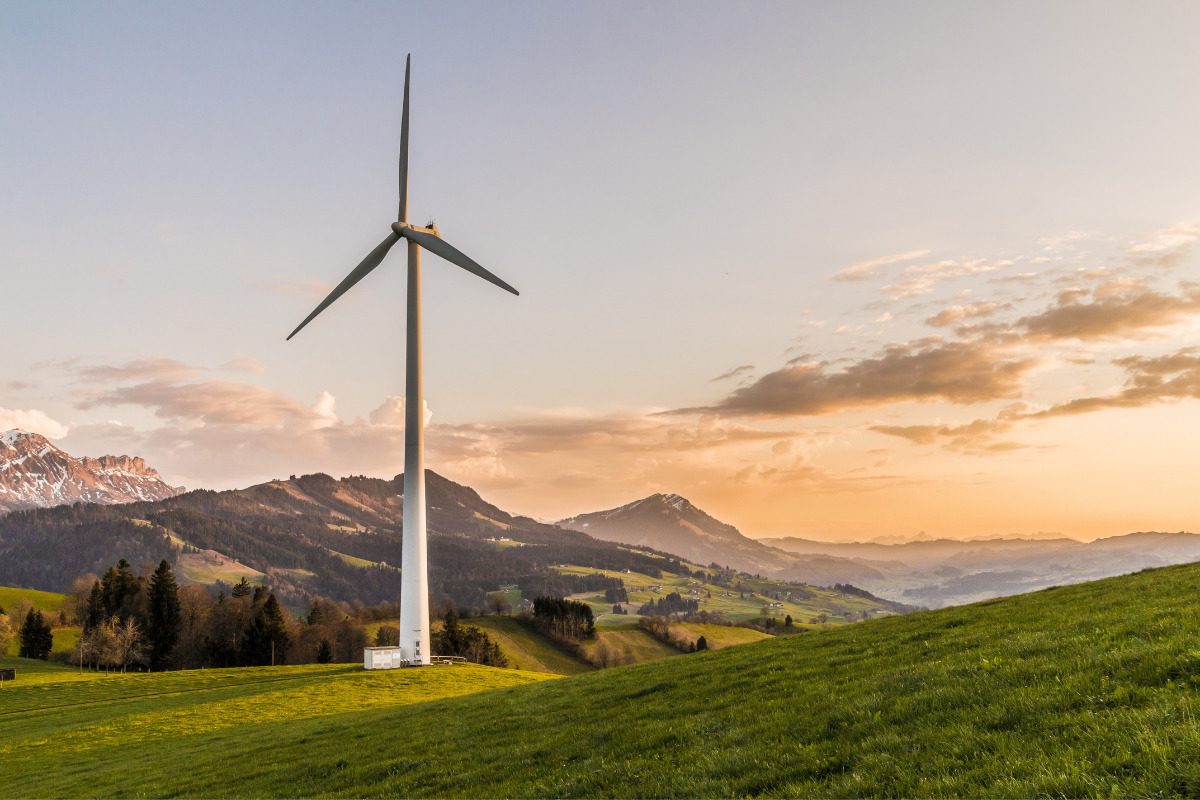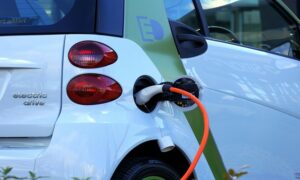The Midwest has always been a leader in technology advancements, which is especially true for eco-friendly technology investments. In this blog post, Victoria Gerrard La Crosse WI will look at some of the most notable examples of eco-friendly technology investments from Midwest states. We will also explore why these states have been so quick to invest in these technologies and the future of eco-friendly technology in the Midwest.
Why Is The Midwest A Leader In Eco-Friendly Technology
The Midwest has long been a leader in eco-friendly technology. In the early days of the industrial revolution, many of the first factories were built in the Midwest. These factories helped drive the economy and create jobs, but they also had a significant impact on the environment. As a result, the region has been developing new technologies to reduce pollution and protect natural resources.
Wind Turbines And Solar Panels As Eco-Friendly Energy
Victoria Gerrard La Crosse WI says the Midwest is a region of the United States known for its strong winds. This makes it an ideal location for wind turbines used to generate electricity. Wind turbines work by capturing the wind in their blades and using it to power a generator. The electricity generated by wind turbines can be used to power homes and businesses, making them a clean and renewable source of energy.
Solar panels are another type of renewable energy, and they are becoming increasingly popular in the Midwest. Solar panels capture the sun’s rays and convert them into electricity. Solar panels can be used to power homes and businesses, and they can also be used to heat water. Solar panels are a clean and renewable source of energy, and they are becoming more affordable as technology improves.
Water Conservation And Pollution Reduction
Water conservation and pollution reduction are essential eco-friendly practices that help to protect our water resources. The midwest is particularly adept at these practices due to the region’s large number of lakes and rivers. Conserving water helps reduce the number of pollutants that can enter these bodies of water. In addition, it helps to preserve these precious resources for future generations.
The midwest has a long history of water conservation, dating back to the days when pioneers settled the region. Today, many midwesterners continue to practice water conservation out of necessity, as the region’s climate is notoriously dry. However, water conservation is vital to prevent pollution even in wetter parts of the country. When rainwater runs off of city streets and parking lots, it can pick up pollutants such as oil and grease. This polluted water can then enter lakes and rivers, where it can harm plants, animals, and people.
The Impact Of Farmers
Farmers in the Midwest have a unique opportunity to help lead the way in developing eco-friendly energy sources. Their land is well suited for growing crops that can be used to produce biofuels, and their proximity to large markets means that they can economically transport their products. In addition, farmers are already familiar with many of the technologies necessary for producing biofuels, such as irrigation and crop rotation. As a result, they are well-positioned to play a key role in transitioning to a more sustainable economy.
In addition to producing biofuels, Victoria Gerrard La Crosse WI says farmers can also help to reduce the demand for fossil fuels by implementing practices that increase energy efficiency. For example, they can use cover crops to reduce soil erosion and improve water retention, which can help to reduce the amount of fuel needed for farming operations. In addition, farmers can use precision agriculture techniques to save energy and water. These techniques involve using sensors and GPS systems to target crops with fertilizer and pesticides more accurately, which reduces the amount of these products used overall.
Cities Committing To Carbon Neutrality
Many cities in the Midwest have made commitments to become carbon neutral by 2030. This means that they will take steps to reduce their emissions of greenhouse gases, such as carbon dioxide, to zero. Cities are working towards this goal by investing in renewable energy sources, such as wind turbines and solar panels. They are also working to increase energy efficiency, for example, by retrofitting buildings and installing LED lighting. In addition, some cities are planting trees to help offset their emissions. Trees absorb carbon dioxide from the atmosphere and convert it into oxygen, which helps to improve air quality.
You Can Make A Difference
There are many ways to get involved in eco-friendly initiatives in the Midwest. One way is to support local businesses working to reduce their environmental impact. Another way is to volunteer with organizations working on environmental protection or restoration projects. Finally, you can educate yourself and others about ways to protect the environment. By taking these steps, you can help make the Midwest a leader in sustainable development.
Final Thoughts
The midwest has long been a leader in sustainable development mainly due to the region’s focus on water conservation. Today, the midwest continues to lead the way in sustainable development, with many cities making commitments to become carbon neutral by 2030. In addition, farmers in the region are using new technologies to reduce their environmental impact. Finally, there are many ways for individuals to get involved in eco-friendly initiatives in the Midwest. By taking these steps, we can all help make the world a more sustainable place.



































